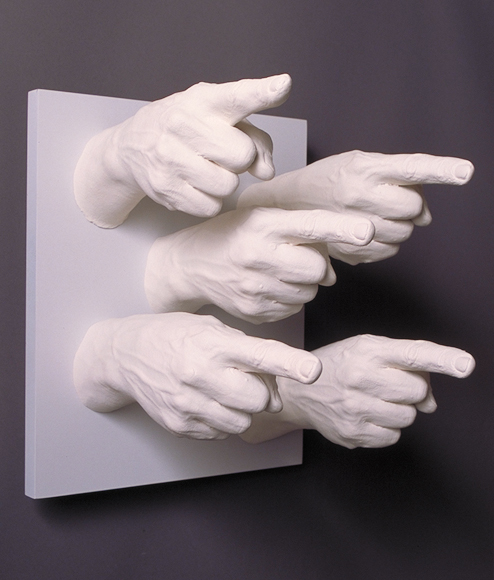 Imagine the subject matter of moon.
Imagine the subject matter of moon.
Imagine there is a textual book. In there you read about a disk like shape in the skies, is white and has lots of shallow pot-holes.
You read this textual verbiage and then look at skies searching for such entity matching this particular textual reference. During the day you find nothing, during some evenings you find something that matches that text.
The latter is Interpretation, you match the text to something out there in the world.
The other way around:
Imagine you saw the moon and you know somethings about its shape, motion, luminosity and so on.
Imagine considering this empirical knowledge and then reading a textual book and trying to find phrases in the book that somehow somewhat closely match the observed knowledge about the moon.
The latter is called Ishara, you match something observed out in the world to a text.
Interpretation is when the text points at an entity, Ishara (Pointing) is when an entity points at a text.
Most religious people read the spiritual texts and point at the world and match the text to the world. It works often, but more than often gives a very narrow view that guides to Dark Ages, in the European sense of the word and experience.
Sufis study and observe the nature, they match the observations to the spiritual text, see where and how the observations match the words best. Upon a match they say: Moon points at the words or makes Ishara (Points) at the Divine Words.
Ishara is a constant source of enlightenment with little risk to approach the Dark Ages.
Problem with Interpretation
It happens that some night the moon is not full, it is a mere crescent. If the religious person matches the text to the world, then says that there is no moon that night, he disbelieves in the crescent being the moon. Since there is no match between the exact words and the crescent.
Sufi matches the crescent to the textual words and sees that it is somewhat disk-like and has the shallow pot-holes, therefore crescent might also match the text as does the full moon. He does not disbelieve that crescent is the moon!
Ishāri (Vectorial) Tafsir (Exegesis)
Sufis had adopted an indirect technique to elucidate the Divine Words free of direct verbal explanations, and its origin can be traced to Maryam Virgin Mother of Jesus peace be upon them both:
19:29. Fa (Therefore) She Ishārat (Pointed) at he (the newborn father-less Prophet when was questioned about the baby).
فَأَشَارَتْ إِلَيْهِ
Remark: Fa is used as a subsequent event caused by something earlier, something amazing happened to Mary, and the only action she could take to express anything about it was by pointing. Removal of Fa removes the entanglement with the past event and therefore lack of Ishara.
And again:
3:45 Behold! the angels said: “O Mary! Allah giveth thee glad tidings of a Kalima (Word) from Hu: his name Christ Jesus, the son of Mary
إِذْ قَالَتِ الْمَلَائِكَةُ يَا مَرْيَمُ إِنَّ اللَّهَ يُبَشِّرُكِ بِكَلِمَةٍ مِنْهُ اسْمُهُ الْمَسِيحُ عِيسَى ابْنُ مَرْيَمَ
Putting the two together: Mary pointed at the Divine Word without herself explaining anything, the act of pointing brought about the explanation, indirectly, from the Divine Source not from Mary.
If you see something perplexing and extraordinary in the sky, you hurriedly point at it and at most you might utter: Look! or That! or There! While, at loss with words, your hand and pointing-finger stretches towards the fascinating object. The latter is the nature of Ishāri (Vectorial) Tafsir (Exegesis).
In absence of such gripping astonishment there is no ‘pointing’ and thus no Ishāri (Vectorial) Tafsir (Exegesis)!
Remark: As a physicist or engineer writes equations and numbers that express the structure of the world we live in, the breathing processes and the sounds/phonemes of our speech can also be used to describe the nature of the universe and its creation! The former is ‘equational’ while the latter is homomorphic i.e. like an acoustic projection rendering same-ness of structures free of equations.
Dara
